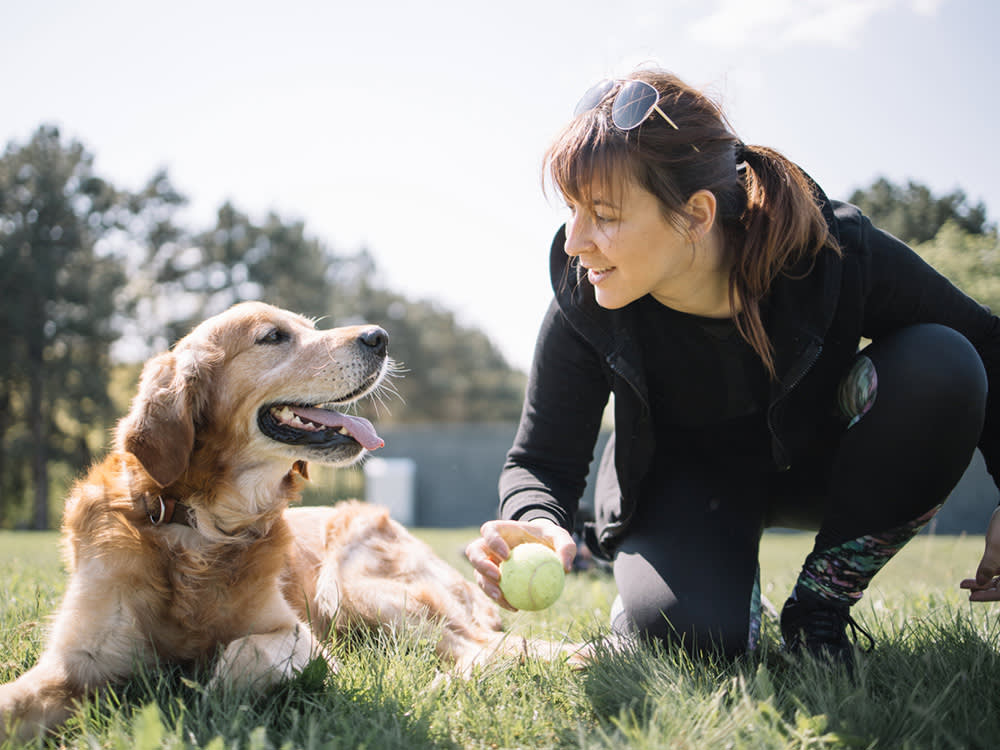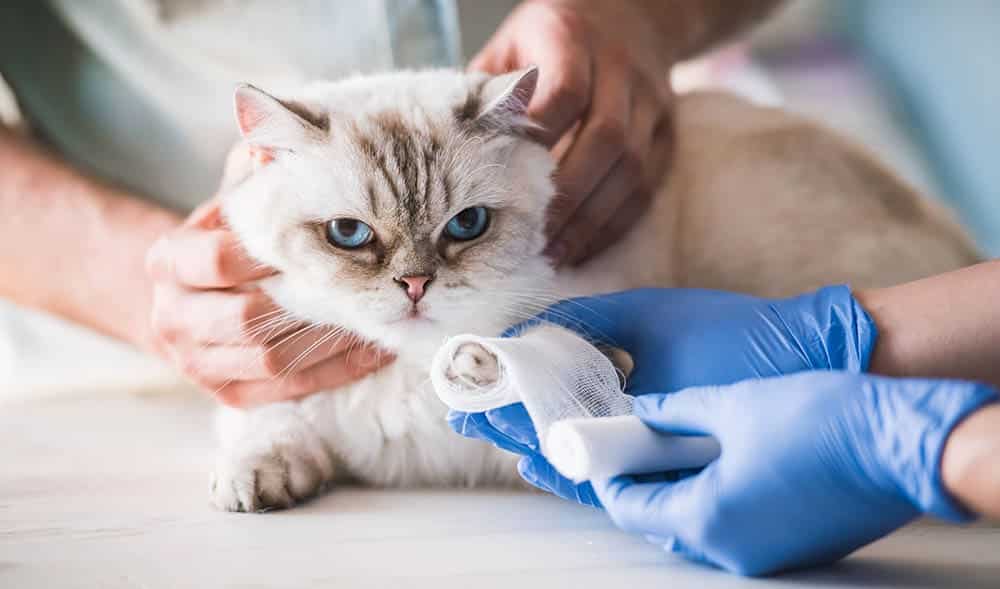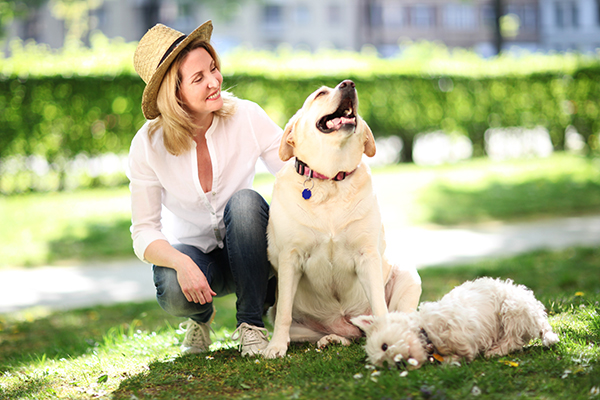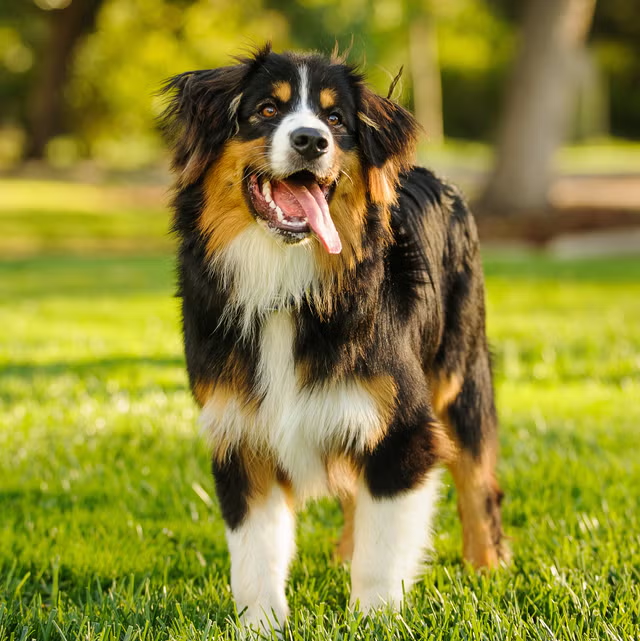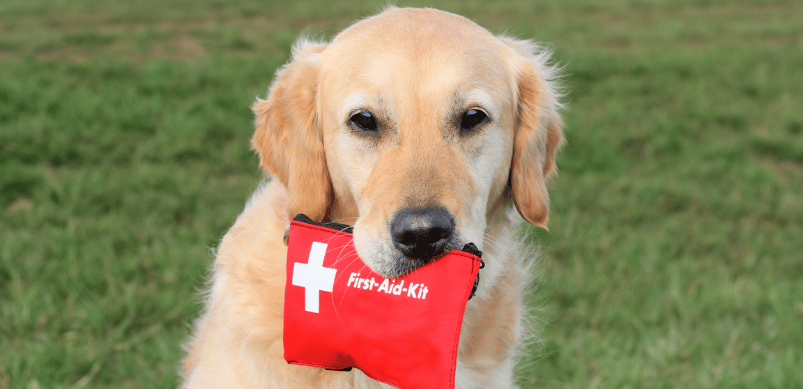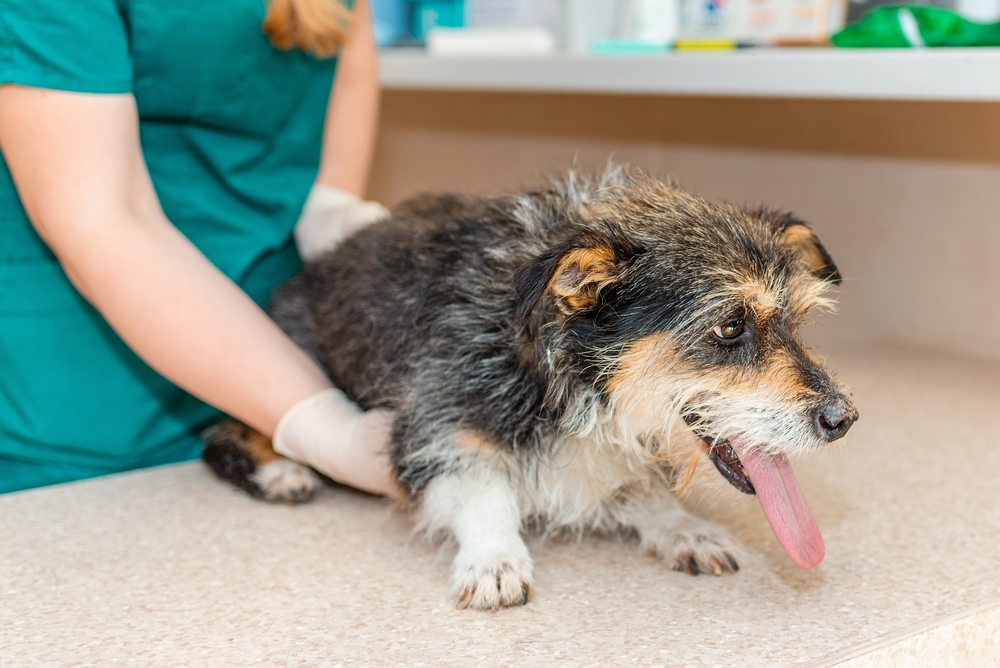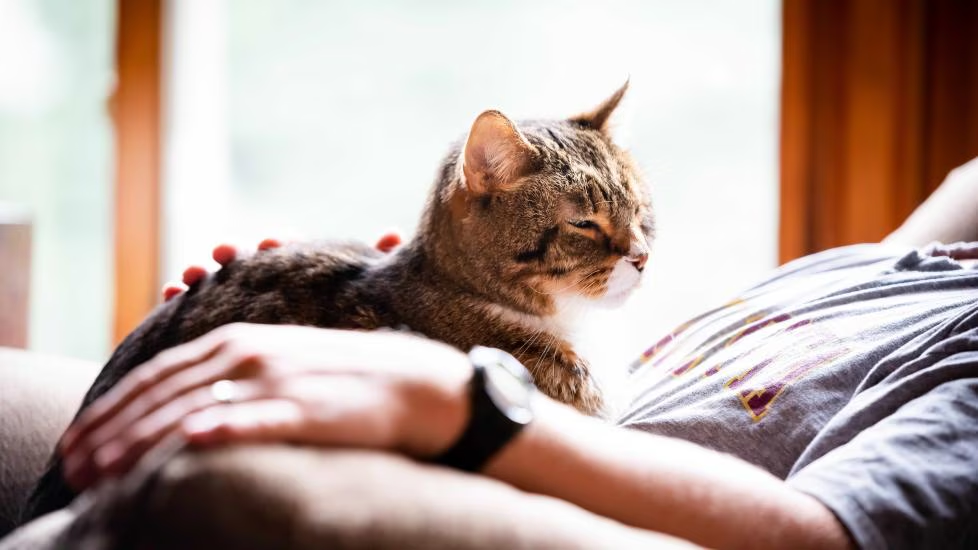As your furry companion enters their senior years, their needs evolve, much like ours do as we age. My old Labrador, Max, taught me this firsthand when he started slowing down at age 10, his once-boundless energy replaced by a preference for cozy naps and gentle strolls. Caring for a senior pet is a rewarding journey that requires patience, understanding, and a sprinkle of extra love. This guide dives deep into how to care for your senior pet, offering practical tips, heartfelt insights, and expert-backed advice to ensure their golden years are comfortable and joyful. Whether you’re navigating arthritis in your dog or kidney issues in your cat, this article is your roadmap to keeping your aging pet happy and healthy.
Understanding Senior Pet Needs
What Defines a Senior Pet?
A senior pet is typically one that has reached the later stages of their expected lifespan, though this varies by species and breed. For dogs, smaller breeds may not be considered seniors until 10–12 years, while larger breeds, like Great Danes, may hit senior status as early as 6–8 years. Cats generally become seniors around 10–12 years. Understanding when your pet enters this phase helps you anticipate their changing needs.
Why Senior Pets Require Special Care
As pets age, their bodies undergo changes—slower metabolism, weaker joints, and a higher risk of chronic conditions like arthritis or diabetes. Max, for instance, started struggling to jump onto the couch, a sign his joints were stiffening. Senior pets need tailored care to manage these changes, from adjusted diets to more frequent vet visits, ensuring they stay comfortable and maintain a good quality of life.
Nutrition for Senior Pets
Choosing the Right Diet
Senior pets often need diets formulated for their age-specific needs, with lower calories to prevent obesity and higher fiber for digestion. Look for foods labeled “senior” or consult your vet for recommendations. For example, Max thrived on a vet-recommended senior dog food with glucosamine for joint support, which kept him spry for longer.
Key Nutrients for Senior Pets
- Protein: High-quality protein supports muscle maintenance, especially for cats who lose muscle mass with age.
- Omega-3 Fatty Acids: Found in fish oil, these reduce inflammation and support cognitive health.
- Fiber: Helps with digestion and prevents constipation, common in older pets.
- Glucosamine and Chondroitin: Supports joint health, crucial for arthritic dogs and cats.
Comparing Senior Pet Foods
| Brand | Key Features | Best For | Price Range |
|---|---|---|---|
| Hill’s Science Diet Senior | High fiber, omega-3s, low calorie | Dogs and cats with weight concerns | $30–$60 (15-lb bag) |
| Royal Canin Aging 12+ | Soft texture, joint support | Senior cats with dental issues | $25–$50 (7-lb bag) |
| Blue Buffalo Senior | Glucosamine, natural ingredients | Active senior dogs | $35–$70 (24-lb bag) |
Pros and Cons of Senior Pet Foods
- Pros: Tailored nutrients, easy-to-digest formulas, supports specific health issues.
- Cons: Higher cost, some pets may resist new flavors, requires vet consultation for medical conditions.
Hydration Tips
Older pets are prone to dehydration, especially cats with kidney issues. Ensure fresh water is always available, and consider wet food to boost moisture intake. A pet water fountain can encourage drinking—Max loved his, lapping up water like it was a game.
Exercise and Mobility
Adapting Exercise Routines
Senior pets need exercise to stay healthy, but their stamina may be limited. Short, gentle walks or low-impact play sessions work best. For instance, I switched Max’s long runs to 15-minute strolls, letting him sniff to his heart’s content, which kept him mentally engaged without overexertion.
Safe Exercise Ideas
- Short Walks: 10–20 minutes, twice daily, on flat terrain.
- Swimming: Low-impact for dogs with joint pain.
- Interactive Toys: Puzzle feeders for cats to stimulate their minds.
- Stretching: Gentle stretching for dogs to improve flexibility.
Managing Mobility Issues
Arthritis is common in senior pets, causing stiffness and discomfort. Ramps or pet stairs can help them access furniture, and orthopedic beds provide joint support. I got Max a ramp for the car, and it was a game-changer for our weekend outings.
Tools for Mobility Support
| Tool | Purpose | Cost |
|---|---|---|
| Pet Ramp | Assists with car or furniture access | $40–$100 |
| Orthopedic Bed | Reduces joint pressure | $30–$150 |
| Joint Supplements | Supports cartilage health | $15–$50/month |
Veterinary Care for Senior Pets
Regular Checkups
Senior pets benefit from biannual vet visits to catch issues early. Bloodwork, dental exams, and urine tests can detect problems like kidney disease or diabetes before symptoms worsen. My vet caught Max’s early thyroid issue during a routine check, allowing us to manage it effectively.
Common Senior Pet Health Issues
- Arthritis: Affects mobility; managed with supplements or medication.
- Dental Disease: Regular cleanings prevent pain and tooth loss.
- Kidney Disease: Common in cats; requires diet changes and hydration.
- Cognitive Dysfunction: Similar to dementia, treatable with medication and mental stimulation.
Pros and Cons of Biannual Vet Visits
- Pros: Early detection of issues, tailored treatment plans, improved quality of life.
- Cons: Higher costs, potential stress for pets, may require sedation for some procedures.
Where to Find Quality Veterinary Care
Look for AAHA-accredited clinics, which meet high standards for pet care. Online directories like the American Animal Hospital Association (AAHA) website can help you locate trusted vets in your area. Local pet forums or reviews on Google Maps are also great for finding recommendations.
Mental Stimulation and Emotional Well-Being
Keeping Their Minds Sharp
Cognitive decline is a reality for some senior pets, but mental stimulation can slow it down. Puzzle toys, training sessions, or even teaching an old dog new tricks can keep their brains active. Max loved his treat-dispensing toy, which kept him engaged for hours.
Activities for Mental Stimulation
- Puzzle Toys: Encourage problem-solving.
- Scent Games: Hide treats for sniffing exercises.
- Training: Reinforce basic commands or teach simple tricks.
- Social Interaction: Arrange playdates with calm pets.
Addressing Emotional Needs
Senior pets may become anxious or clingy as they age. Maintain a consistent routine and provide a quiet, safe space for rest. Spending quality time, like brushing or cuddling, strengthens your bond. I found that extra cuddle sessions calmed Max during thunderstorms, which he started fearing in his later years.
Grooming and Hygiene
Adjusting Grooming Routines
Older pets may struggle with grooming themselves, especially cats with arthritis. Regular brushing prevents matting, and nail trims avoid overgrowth. For cats like my friend’s senior tabby, Luna, professional grooming every few months made a big difference in her comfort.
Grooming Tools for Senior Pets
| Tool | Purpose | Cost |
|---|---|---|
| Soft Brush | Prevents matting, gentle on skin | $10–$25 |
| Nail Clippers | Keeps nails short to avoid pain | $8–$20 |
| Dental Chews | Supports oral health | $10–$30/month |
Managing Incontinence
Incontinence can occur in senior pets, particularly dogs. Washable pet pads or diapers are practical solutions, and frequent potty breaks help. Max had a few accidents, but a consistent schedule and absorbent pads kept our home clean and stress-free.
End-of-Life Care and Decision-Making
Recognizing Quality of Life
Assessing your pet’s quality of life is tough but necessary. Look for signs like loss of appetite, difficulty moving, or disinterest in favorite activities. Tools like the HHHHHMM (Hurt, Hunger, Hydration, Hygiene, Happiness, Mobility, More Good Days Than Bad) scale can guide discussions with your vet.
Support for Caregivers
Caring for a senior pet can be emotionally taxing. Support groups, like those offered by the Association for Pet Loss and Bereavement, provide comfort. I leaned on a local pet owner group when Max’s health declined, and their stories helped me feel less alone.
Resources for End-of-Life Care
- Lap of Love: Offers in-home hospice and euthanasia services.
- Pet Loss Support Hotlines: Free counseling for grieving pet owners.
- Veterinary Hospice Guides: Available through AAHA or local clinics.
People Also Ask (PAA)
How Can I Tell If My Pet Is a Senior?
Signs include graying fur, slower movement, or changes in sleep patterns. Small dogs and cats may show these around 10–12 years, while large dogs may as early as 6–8 years. Consult your vet for an age-specific assessment.
What Are the Best Foods for Senior Pets?
Senior-specific foods with high protein, fiber, and joint-supporting nutrients like glucosamine are ideal. Brands like Hill’s Science Diet or Royal Canin offer tailored formulas. Always check with your vet for personalized recommendations.
How Often Should a Senior Pet See the Vet?
Biannual visits are recommended to monitor for age-related conditions like kidney disease or arthritis. Early detection through bloodwork or imaging can significantly improve outcomes.
How Can I Help My Senior Pet Stay Active?
Short, low-impact activities like gentle walks or swimming are great. Use ramps for mobility and puzzle toys for mental stimulation. Adjust based on your pet’s energy and health.
FAQ Section
What Age Is Considered Senior for Pets?
Dogs are generally seniors at 7–12 years, depending on breed size, and cats around 10–12 years. Larger breeds age faster, so a Great Dane may be senior at 6, while a Chihuahua might not be until 10.
How Do I Know If My Senior Pet Is in Pain?
Look for signs like limping, reluctance to move, whining, or changes in appetite or behavior. A vet can assess pain through exams or tests and recommend treatments like medication or supplements.
What Are the Best Joint Supplements for Senior Pets?
Supplements with glucosamine, chondroitin, and omega-3s, like Cosequin or Dasuquin, are popular. Consult your vet to ensure the supplement suits your pet’s specific needs.
How Can I Make My Home Senior-Pet Friendly?
Add ramps or stairs for easy access, use non-slip mats, and provide orthopedic beds. Ensure water and food bowls are easily reachable, and keep their environment calm and quiet.
Where Can I Find Support for Senior Pet Care?
Veterinary clinics, AAHA-accredited hospitals, and online resources like Lap of Love offer guidance. Local pet support groups or forums can also provide emotional and practical support.
Conclusion
Caring for a senior pet is a labor of love, blending practical adjustments with emotional connection. From tweaking their diet to ensuring regular vet visits, every step you take helps them live their later years with dignity and joy. Max taught me that even as his steps slowed, his love for life—and for me—never faded. By using the tips in this guide, like choosing the right food, keeping them active, and monitoring their health, you can give your senior pet the golden years they deserve. For more resources, check out AAHA’s Senior Pet Care Guidelines or consult your local vet to create a tailored care plan. Here’s to cherishing every moment with your furry friend!
